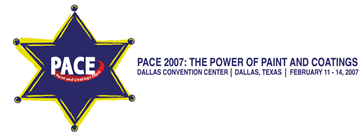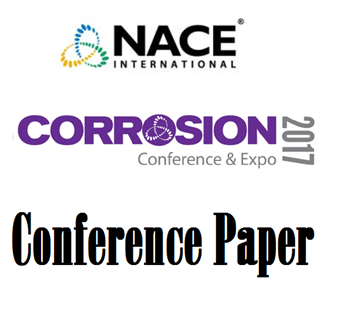Search
Individual Conference Papers
View as
Sort by
Display
per page
Evaluation of a Crude Oil Loading Berth for Maintenance Coating
Product Number:
41207-353-SG
Publication Date:
2007
$20.00
Evaluation of a Hydrophobic Coating Material for Downhole Application, Lab vs. Field Evaluation
Product Number:
51324-20756-SG
Publication Date:
2024
$40.00
Evaluation of a Newly Developed Coating Material for Corrosion Protection Using Downhole Corrosion and Scale Monitoring Tool in Sour Gas Wells
Product Number:
51319-12967-SG
Publication Date:
2019
$20.00
Evaluation of A Rapid Solution For SRB Monitoring In Industrial Water System
Product Number:
51322-17554-SG
Publication Date:
2022
$20.00
Evaluation of a Self-Contained Anaerobic Environment-Generating Culture Device for Detection of Sulfate-Reducing Bacteria
Product Number:
51319-13174-SG
Publication Date:
2019
$20.00
Evaluation of Alloy 825 Performance in a Critical Sour Environment with Elemental Sulphur Deposition
Product Number:
51324-20853-SG
Publication Date:
2024
$40.00
Evaluation of Alloys for Marine Exhaust Scrubbers
Product Number:
51317--8972-SG
ISBN:
8972 2017 CP
Publication Date:
2017
$20.00
Evaluation of Alternating Current Corrosion on Coupons used for Monitoring Applications
Product Number:
51319-12839-SG
Publication Date:
2019
$20.00
Evaluation of Applied Film Thickness for Polyurea Thick-Film Elastromeric Coating/Lining Systems
Product Number:
41209-501-SG
Publication Date:
2009
$20.00
Evaluation of Cathodic Protection Effectiveness for Aboveground Storage Tanks
Product Number:
51323-19360-SG
Publication Date:
2023
$20.00
Evaluation of Coating Performance on Automotive Substrates
Product Number:
51319-13396-SG
Publication Date:
2019
$20.00
Evaluation Of Coating Protection Against Environmental Assisted Cracking Of Aluminum Alloys
Product Number:
51321-17000-SG
Publication Date:
2021
$20.00












